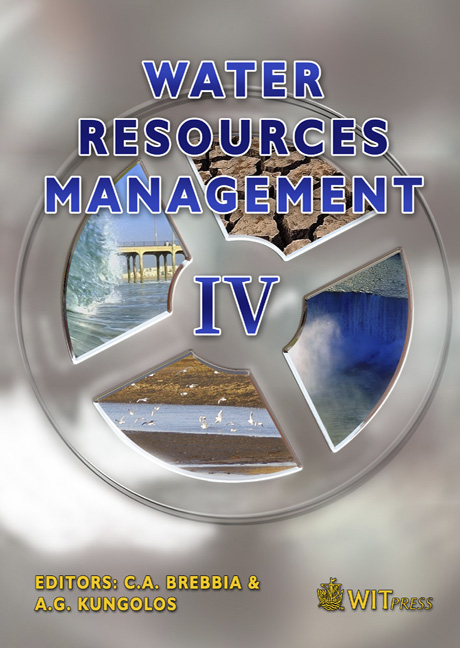Influence Of Redox Cycle On The Mobilization Of Fe, Zn, Cu And Cd From Contaminated Sediments: A Laboratory Investigation
Price
Free (open access)
Transaction
Volume
103
Pages
10
Published
2007
Size
415 kb
Paper DOI
10.2495/WRM070271
Copyright
WIT Press
Author(s)
L. T. Nguyen, T. Lundgren, K. Håkansson & B. H. Svensson
Abstract
An investigation was set up to elucidate the dynamics of metals flows from a contaminated and eutrophic lake. Two sediment layers were incubated in flowcells to study the mobilization of Fe, Zn, Cu and Cd during the anoxic and oxic conditions. pH, inorganic carbon (IC) and dissolved organic carbon (DOC) were monitored to assess their influences on the metal mobilization. Under anoxic conditions, Fe was rapidly released to the solution, but taken up during the oxic conditions. The Fe-mobilization was not affected by pH, but positively correlated with the increase in DOC during the anoxic period. In contrast, Zn, Cu and Cd were removed from the solution during the anoxic period and released to the solution during the oxic conditions. The change in pH during the oxic period may have contributed to the increase in concentrations of Zn, Cu and Cd. The results of the experiment show that periodical redox changes likely are among the factors controlling the mobilization of Fe, Zn, Cu and Cd from the contaminated sediments. Keywords: sediment, flow-cell, metal, mobilization, redox condition. 1 Introduction Changes in redox conditions play a significant role in mobilization of heavy metals from sediments. Under anoxic conditions, heavy metals usually occur as stable sulfides buried in the sediment layers, which results in low concentrations of metals in the water phase Calmano et al [3]. Imposing oxic conditions, the
Keywords
sediment, flow-cell, metal, mobilization, redox condition.





